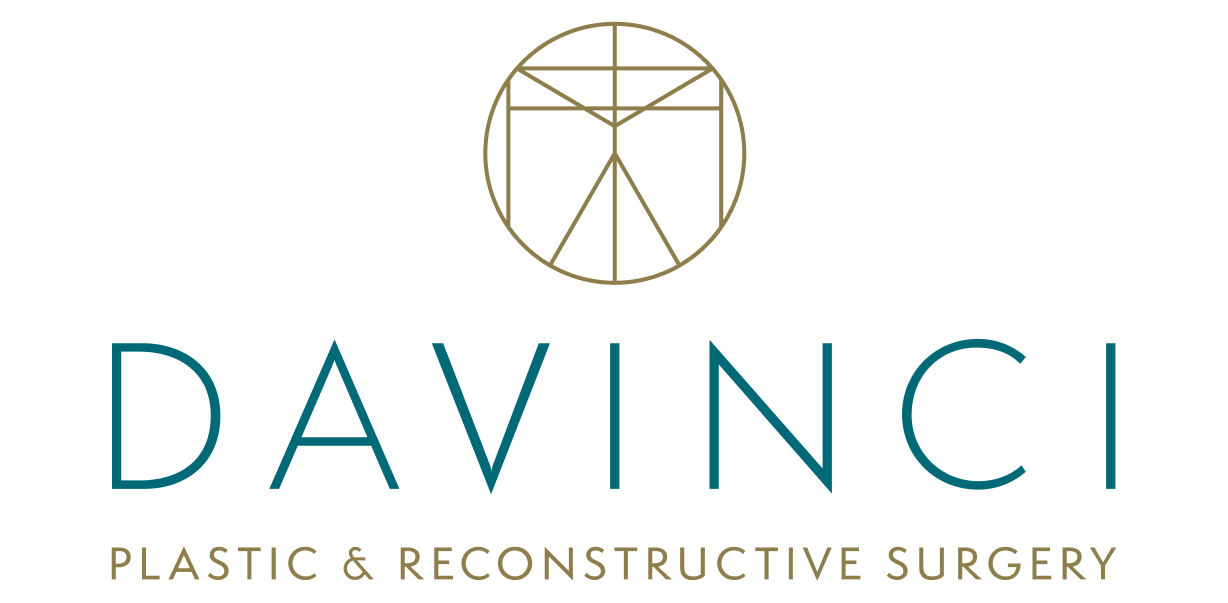Posted March 12, 2024 in Plastic Surgery Recovery, Surgical Drain
Surgical Drain Care After Plastic Surgery

When you get plastic surgery, one of the things you may deal with during your recovery is one or more surgical drains. Below, we discuss everything you need to know about caring for your surgical drains as you recover from plastic surgery. 4 Min Read: Recuperating from any surgery is a crucial and delicate process. […]
Read More








